As Evans’ new look reaches its Bluewater branch, we discuss the challenges facing retail chains when roll-out time beckons.
It’s one thing to create a good-looking pilot store, quite another to manage things successfully so that the essence of what has been done is exported to other locations at a sensible cost.
Towards the end of 2012, Arcadia fascia Evans, the plus-size women’s fashion proposition, opened a new store at the west end of Oxford Street, next door to Primark. The branch was an almost complete departure from the Evans norm with a new logo, bare concrete pillars, light boxes and a heavy emphasis on perimeter graphics. It looked good.
Now, roughly 18 months later, the roll-out is under way in a controlled manner and a good example can be seen at the Bluewater branch.
Stand outside this one and the same still unfamiliar logo can be viewed, as well as wood-vinyl floors and a shell that is, essentially, a white box. To that have been added, yes, perimeter and mid-shop graphics, light boxes and black ceiling voids into which white spotlights are recessed. That is, in short, a fashion store and it feels no different in attitude from many other fashion stores in the centre, except that it is for ‘larger’ shoppers.
Evans has taken the Marble Arch idea and beamed it down into the mall in the Kent chalk pit, even managing to incorporate a couple of raw concrete pillars. This is less straightforward than might be imagined. One of the issues confronting any potential roll-out is what design compromises will have to be made in order to keep the capex budget under control.
The best store designs get it right from the start and on the evidence of what has been done in Bluewater, Evans’ design is one of them.





















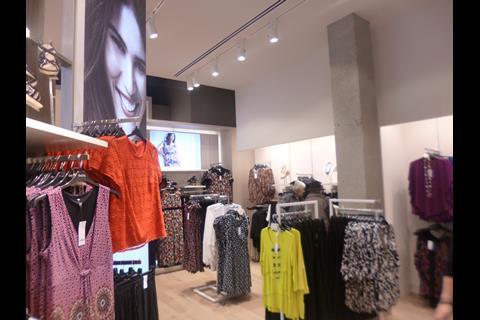
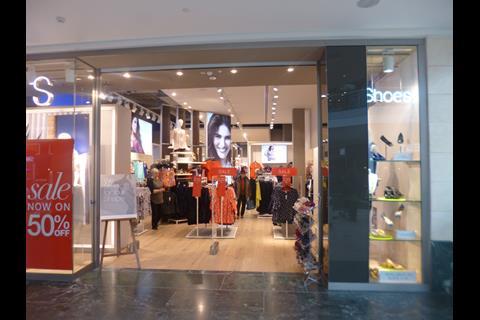





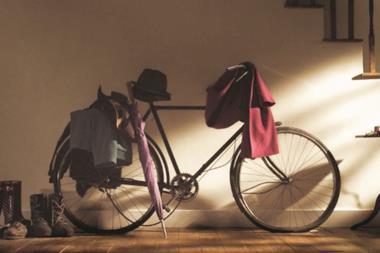

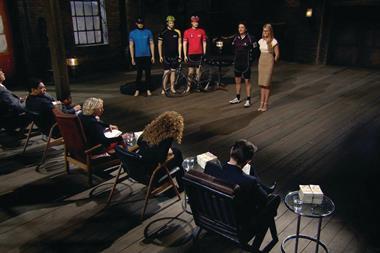
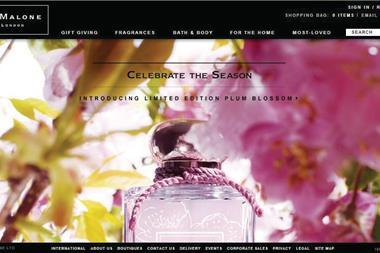
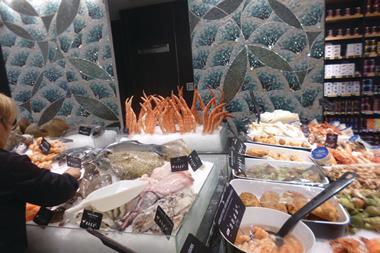

3 Readers' comments